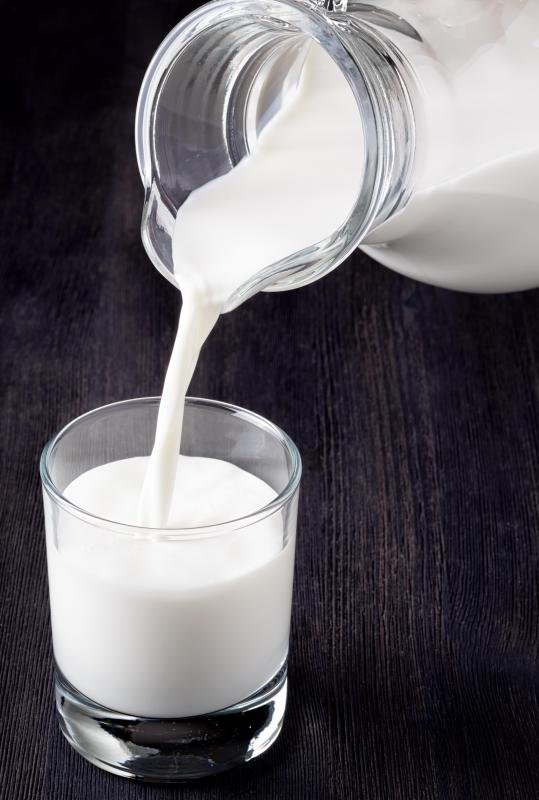At DelightedCooking, we're committed to delivering accurate, trustworthy information. Our expert-authored content is rigorously fact-checked and sourced from credible authorities. Discover how we uphold the highest standards in providing you with reliable knowledge.
What Is Khoa?
Khoa is a type of cheese from India. It is drier than ricotta cheese and often forms the base of sweet dishes such as gulab jamun and laddoo. In some parts of India, it is also called khoya, and in other areas, most notably the Punjab, it is called mawa. Traditional khoa is made from whole milk and is white or a light yellow in color. It comes in three basic forms: batti, chickna and daan-e-daar.
All forms of khoa are milk-based and can be made from both cow milk and water buffalo milk. A combination of condensed milk, powdered milk, and thick cream can also be used to make khoa. Traditional khoa is made from just whole milk. It is simmered in a karahi, which is a type of wok used in Indian cuisine. The milk is allowed to slowly coagulate on a medium heat so that it does not burn.

Batti khoa, which is also called pindi, is made by simmering the milk until it becomes very dry. This means that the batti can be rolled into a kind of dough or grated like other harder cheeses. The toughness and lack of moisture found in batti makes it good for Indian dishes such as gulab jamun and laddoo. Gulab jamun is a dough ball that has been deep-fried and dipped in sugared rose water or honey.

An alternative method for making batti is to mix condensed milk with powdered milk. In this method, the powdered milk is first put into a bowl and then the condensed milk is slowly mixed in to create a tough dough. The dough can then be cut up and frozen before use.
The daan-e-daar khoa is a medium form of the cheese. It is also called danedar. This one is moister than batti, but also drier than chickna. It is usually used for kalakand, which is a dessert made from daan-e-daar, cottage cheese, sugar, and nuts. Daan-e-daar can be made by removing the simmering milk from the karahi before it becomes too dry.
Another method includes mixing powdered milk, condensed milk and double cream. The three ingredients are mixed together, then heated in an oven or microwave. The mixture is then stirred or cut up into pieces and heated a second time.
Chickna, which is also called dhap, is the moist form of khoa. It can be prepared by simply removing the milk-mixture from the karahi earlier than with batti or daan-e-daar. It can also be made by making a moister form of daan-e-daar with a higher cream or condensed milk to powdered milk ratio. Chickna khoa is used for dishes such as gulab jamun and halwa. A halwa is a type of Indian fudge.
AS FEATURED ON:
AS FEATURED ON:












Discuss this Article
Post your comments